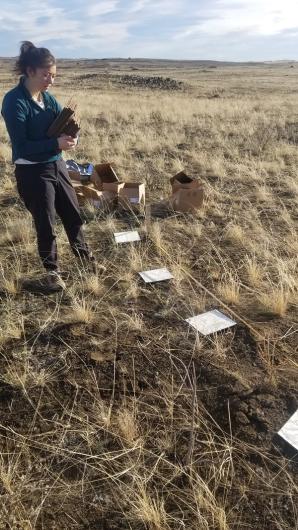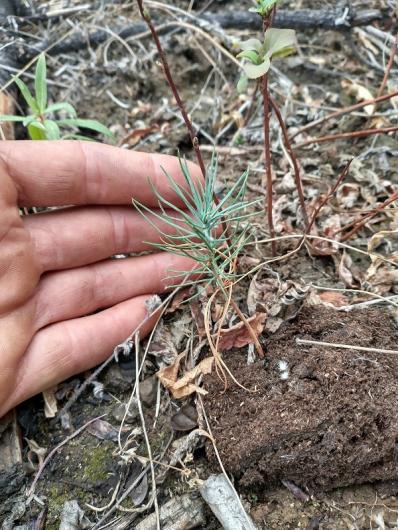Related Stories
- Timber Talk: OR/WA logs a big win in FY25
- Lake Havasu Fisheries Improvement Program is the gift that keeps giving
- Historic Umtanum Suspension Bridge wins international footbridge award
- Partnership drives ongoing habitat restoration in Muddy Creek watershed
- A beacon through time: The history of Yaquina Head, Oregon's tallest lighthouse
Office
1103 N. Fancher Road
Spokane Valley, WA 99212
United States
Phone:
Email:


